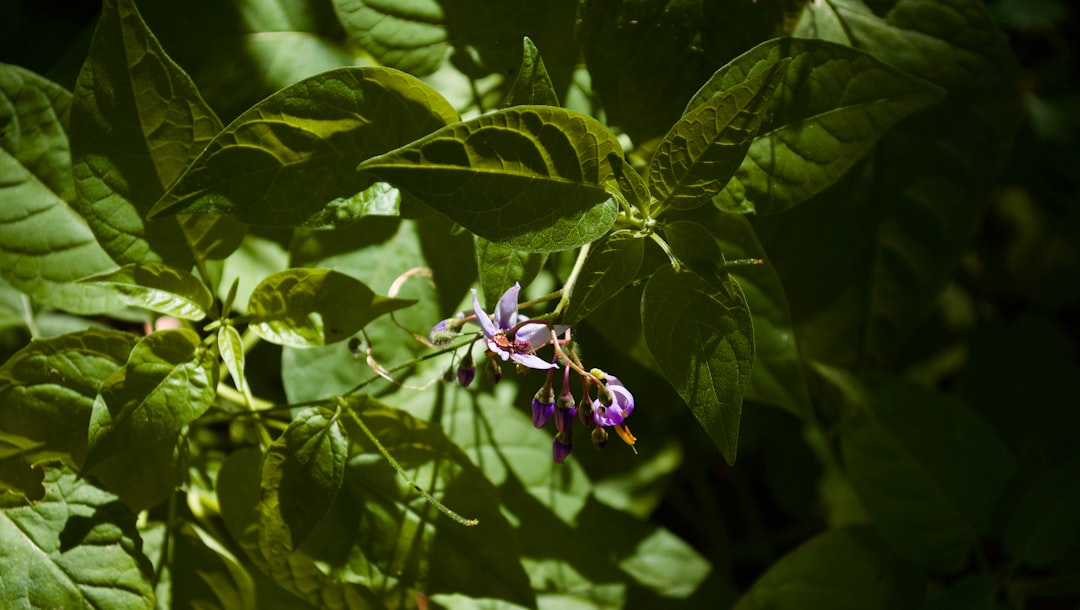Unveiling the Secrets to Bug - Free Houseplants

Houseplants bring life and beauty to our indoor spaces, but they are not immune to the pesky invaders known as pests. From tiny fungus gnats to the cotton - like mealybugs, these bugs can quickly turn your thriving green oasis into a struggling mess. In this article, we'll explore the common pests that bug your plants and how to effectively treat both minor issues and major infestations.
Fungus gnats are one of the most common nuisances in houseplant care. These small, dark - colored flies are often seen hovering around the soil surface of potted plants. They are attracted to the moist soil, where their larvae feed on organic matter and plant roots. Minor fungus gnat infestations might seem harmless at first, but they can cause stunted growth in your plants over time. To treat a minor fungus gnat problem, start by allowing the top layer of soil to dry out between waterings. Fungus gnat larvae thrive in moist environments, so reducing soil moisture can disrupt their life cycle. You can also use sticky traps placed near the plants. These traps attract the adult gnats, preventing them from laying more eggs in the soil.
For major fungus gnat infestations, a more aggressive approach is needed. One option is to use a biological control agent, such as beneficial nematodes. These microscopic worms are natural predators of fungus gnat larvae. When applied to the soil, they seek out and destroy the larvae, effectively reducing the population. Another solution is to use an insecticidal soap or neem oil. These natural products can be sprayed on the soil surface to kill the adult gnats and larvae. However, it's important to follow the instructions carefully to avoid harming your plants.
Mealybugs are another common pest that can plague houseplants. These soft - bodied insects are covered in a white, waxy substance that gives them a cottony appearance. They typically cluster in the leaf axils, along the stems, and on the undersides of leaves. Mealybugs feed on plant sap, which can weaken the plant and cause yellowing, wilting, and leaf drop. In minor cases, you can remove mealybugs manually using a cotton swab dipped in rubbing alcohol. Gently dab the bugs with the alcohol - soaked swab, which will dissolve their waxy coating and kill them. You can also use a strong stream of water to wash the mealybugs off the plant. This method is effective for dislodging the bugs from hard - to - reach areas.
When dealing with a major mealybug infestation, you may need to resort to chemical treatments. Insecticides containing pyrethroids can be effective against mealybugs, but they should be used as a last resort. Before applying any chemical insecticide, make sure to isolate the affected plant to prevent the spread of the pests to other plants. It's also important to test the insecticide on a small area of the plant first to check for any adverse reactions.
Spider mites are yet another threat to houseplants. These tiny arachnids are difficult to see with the naked eye, but their presence can be detected by the fine webbing they produce on the leaves and stems. Spider mites feed on plant cells, causing stippling, yellowing, and eventually, leaf death. For minor spider mite infestations, increasing the humidity around the plant can help. Spider mites thrive in dry conditions, so misting the plant regularly or placing a humidifier nearby can make the environment less favorable for them. You can also use a mild soap solution to wash the leaves, which will remove the mites and their webbing.
In the case of a major spider mite infestation, a miticide may be necessary. There are both chemical and natural miticides available on the market. Neem oil is a popular natural option, as it has insecticidal and anti - fungal properties. Chemical miticides should be used with caution, following all safety instructions and guidelines.
Scale insects are also a common problem for houseplants. These pests attach themselves to the stems and leaves of plants and form a hard, protective shell. They feed on plant sap, causing yellowing, wilting, and reduced growth. For minor scale infestations, you can scrape off the scale insects using a fingernail or a soft brush. After removing the scales, wipe the affected area with rubbing alcohol to prevent reinfestation. For major scale infestations, insecticidal sprays or systemic insecticides may be required. Systemic insecticides are absorbed by the plant and can kill the scale insects from the inside out.
Preventing pest infestations is always better than treating them. To keep your houseplants healthy and pest - free, start by inspecting new plants carefully before bringing them into your home. Quarantine new plants for a few weeks to ensure they are not carrying any pests. Maintain proper watering practices, as over - watering can create a favorable environment for many pests. Keep your plants clean by regularly dusting the leaves and removing any dead or decaying plant material. By following these tips and being vigilant, you can enjoy beautiful, healthy houseplants for years to come.